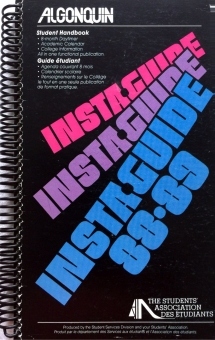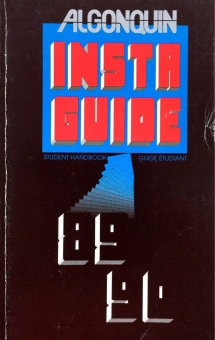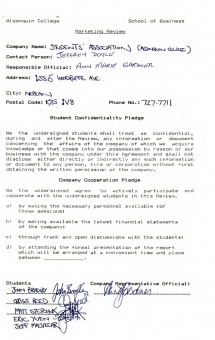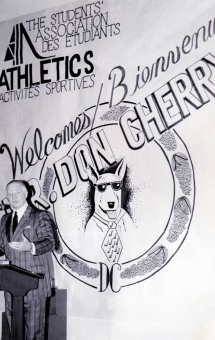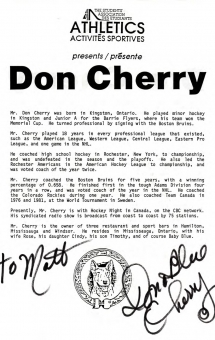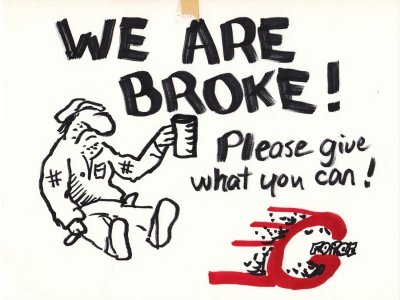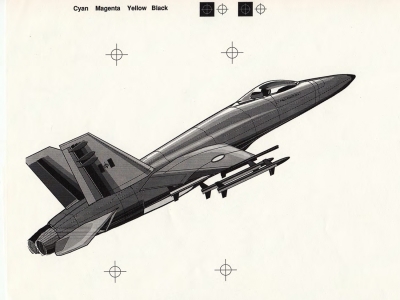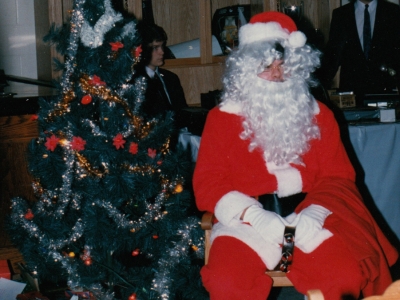MattWorld — First Job Out of College (1988-1990)
Algonquin College Student’s Association
The Untold Story
In what should have been the final semester of my 3-year business marketing program at Algonquin College, our big assignment was to find a company doing over a million dollars in annual revenues, convince them to sign a confidentiality agreement then surrender their latest financial statements, and perform a marketing audit of their business operations. As marketing consultants of the future, our task was to present our report recommendations to the president of the company and whoever else they decided to bring along.
I chose Algonquin Students’ Association (S.A.), an independent corporation separate from the college operating on four campuses with an annual budget of 1.6 million. With 8 full-time staff (including a general manager) and 12 eight month contract staff, it was the only student council in North America running a post-secondary institution’s Athletics department. It also had a programming division delivering cultural and entertainment events, and a revenue operations department running campus bars, vending operations, and bidding on various N.C.C. contracts to employ 100–150 students each year.
The 1987 version of the Students’ Association was a wonderful case study. Here was an organization offering tons of services to a student population who had little idea these services even existed. Without proper promotional channels, the student activity fee collected by the S.A. which funded everything had always been a sore point for cash-strapped students. It was a classic case of ignorance breeding resentment and dissension was ripe. Complicating matters was an organizational focus on service innovation. As each new generation of student board members launched new services to cement their legacies, an obvious catch 22 loomed for the company.
While the Students’ Association needed to do a much better job with promotion, any massive spike in service utilization would have significant operational, organizational, and financial consequences. With this warning as backdrop, our presentation focused primarily on the creation of new communication channels with a lead recommendation for the production of an information day-timer to be given to all students at registration. Unlike every other college and university in North America at the time, Algonquin College lacked this basic foundation information tool.
Our presentation was very well received. So much so, a few months later the S.A. hired Mantel & Overall Communications to perform a professional marketing audit. Ten recommendations were made with the tenth being to hire someone full-time to implement the other nine. The Students’ Association suddenly needed a communications officer.
7th Semester Club ‘Dart Day’
As fate would have it, while the Mantel & Overall audit situation played out, I had blown up enough courses working various jobs during my first five semesters to fill an entire additional semester. Knowing better than anyone all perks the Students’ Association had to offer, the 7th Semester Club (SSC) was born with a covertly packaged mission to raise as much cash as possible for a graduation blow-out party like none other. To inform and recruit a growing, dues paying membership during this final semester, I produced and distributed a weekly club newsletter.
Fundraising incessantly with bake sales, profit sharing pubs, and members dues, I decided to create a new revenue opportunity with an event called “Dart Day”. Starting with my microeconomics teacher who complained in writing to the Dean of Business about my conduct two semesters before, club members were tasked with creating a definitive “Most Wanted” list of despised teachers. I then spent weeks sneaking around with a big telephoto lens taking head shots of them all, which I enlarged into 24″ x 36″ posters, mounted onto wooden stands, and pasted 4″ target circles onto each.
Armed with dozens of cheap darts purchased from Walmart and hundreds of prizes donated from beer reps and local businesses around the college, we slapped up posters advertising the event, borrowed a P.A. from the S.A., and set up shop in the B-building rotunda at 10 a.m. on the big day. At 10¢ a dart, with progressively bigger prizes awarded for consecutive bullseyes, Dart Day was a resounding success netting the “mutual party fund” a tidy profit of $360.
Most important, my ultimate revenge was realized when a baffled Mr. Myers walked slowly by, inspecting this huge line of students waiting their turn to whip darts at his face. As our eyes met I just smiled and said, “Hello sir. What to give it a try?”. It was beautiful.
You’re Hired
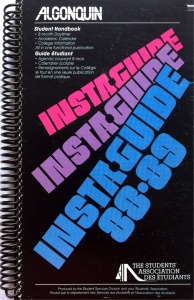 As my 7th semester sentence coincided with the Mantel and Overall audit, a few weeks after graduation I was offered the communications officer position—a six month, $8500 contract with no benefits or guarantees. Excited to innovate and implement on familiar ground, I turned down a potentially lucrative sales position with Gestetner, the world’s largest office equipment company at the time, and began my run.
As my 7th semester sentence coincided with the Mantel and Overall audit, a few weeks after graduation I was offered the communications officer position—a six month, $8500 contract with no benefits or guarantees. Excited to innovate and implement on familiar ground, I turned down a potentially lucrative sales position with Gestetner, the world’s largest office equipment company at the time, and began my run.
Within 6 months, the Info Connection newsletter was born, the class rep system refined, the first G-Force team assembled, and the #1 recommendation in my student audit—the “Inta-Guide” information day-timer—rolled off the press. With this on the table, I then pitched a job description for a permanent “Communications Coordinator” position with a salary of $20,500 plus benefits, and was officially welcomed as a new full-time staff member.
Painful Birth of a Department
Over the next six months, as I learned the ropes assembling promotional collateral for Jack Doyle (programming), Ron Port (athletics), and Wally Brennan (revenue operations), in addition to the G.M., working for three separate bosses well entrenched in long established practices quickly became problematic. In a bold move which trampled sacred ground, at the next annual budget meeting, the new general manager Jacques Pelletier and I proposed taking all promotional dollars from each manager and creating a new peer department to centralize coordination of all future marketing expenditures.

After a long and heated negotiation which at times bordered on revolt, the money was finally surrendered and the SA’s first marketing department was officially born. As a new department head now well trained at patting my own back (my three amigos weren’t ever going to do it), I upgraded the scope of the position to “Marketing and Communications Coordinator” ($23,500 salary), began hiring my first part-time staff, and acquired the S.A.’s first desktop publishing system (an Apple SE30 computer and Lazerwriter II NT printer) to produce higher quality posters, pamphlets and newsletters in-house, and reduce production costs for the next Insta-Guide.
Billboard Regulation
 A big communication channel problem those days at every campus was the absence of a regulated billboard system at the college. With the exception of self-policed bulletin boards outside of select administration offices, anyone was free to post anything anywhere at any time—with no one responsible for removing expired notices. It was a total dogs breakfast which I painstakingly documented on floor plans of the four campuses. Borrowing ideas from the systems in place at Carleton and Ottawa U (including the designated “Flea Market” area), I assembled the solution components then awaited an opportunity to implement.
A big communication channel problem those days at every campus was the absence of a regulated billboard system at the college. With the exception of self-policed bulletin boards outside of select administration offices, anyone was free to post anything anywhere at any time—with no one responsible for removing expired notices. It was a total dogs breakfast which I painstakingly documented on floor plans of the four campuses. Borrowing ideas from the systems in place at Carleton and Ottawa U (including the designated “Flea Market” area), I assembled the solution components then awaited an opportunity to implement.
When the college’s student services department set up the very first information booth at the Woodroffe campus entrance, without so much as making a peep to anyone, my team and I swung into action over the Thanksgiving long weekend to transform the hallways. By Monday night, all posters had been stripped, millions of ancient staples removed, and fancy new header signage installed on each (General Interest, Athletics, Flea Market, Students Association).
First thing Tuesday morning, with fingers crossed I bolted straight to the Dean of Student Services (Marylin Stratton-Zimmer) to propose an deal where her fledgling info-booth staff would administer approval and date stamping of all future postings thus making them first point of contact for all new information and activity details. In exchange, the Students’ Association would manage our own boards and supply the labour to remove all expired notices. One happy handshake later, the first billboard regulation system was official.
G-Force
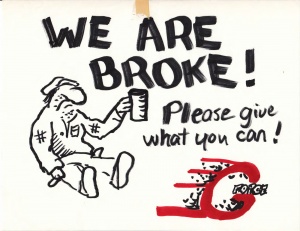 When my job began, one medium already in use for advertising recreational, cultural, and sports-related events organized by programming and athletics were rudimentary 3′ x 8′ banners, hand-made with magic markers on 36″ banner paper purchased in rolls. As one event might require 6 copies of the same banner (2 for Woodroffe and 1 each at Colonel By, Lees Avenue, and Pembroke campuses), production capacity (and quality) was limited.
When my job began, one medium already in use for advertising recreational, cultural, and sports-related events organized by programming and athletics were rudimentary 3′ x 8′ banners, hand-made with magic markers on 36″ banner paper purchased in rolls. As one event might require 6 copies of the same banner (2 for Woodroffe and 1 each at Colonel By, Lees Avenue, and Pembroke campuses), production capacity (and quality) was limited.
To solve this, I asked the program coordinator from Algonquin’s graphic design program to hand-pick three students they felt were best qualified for this new team I coined G-Force (G for graphic). I was then introduced to Paul Perrault, Pete Dorril, and Jay ?, a dream team of young talent who immediately began pumping out the most incredible artwork imaginable. To put this in proper perspective, Paul Perrault would go on to receive his own Canada Post stamp in recognition of his Bateman-quality wildlife paintings he donated in support of Ducks Unlimited.
To expand their revenue base, I began advertising G-Force banner services to the general public and the orders started rolling in. So talented were they I began getting cocky whenever customers demanded to see their “Happy 30th Anniversary Aunt Sally and Uncle Harry” banner before paying. Totally inconvenienced, I’d pop the elastic off the banner and roll it out in front of them. Every single time all they would say was, “WOW” before I rolled it back up and glared like the Soup Nazi as I snatched their money.
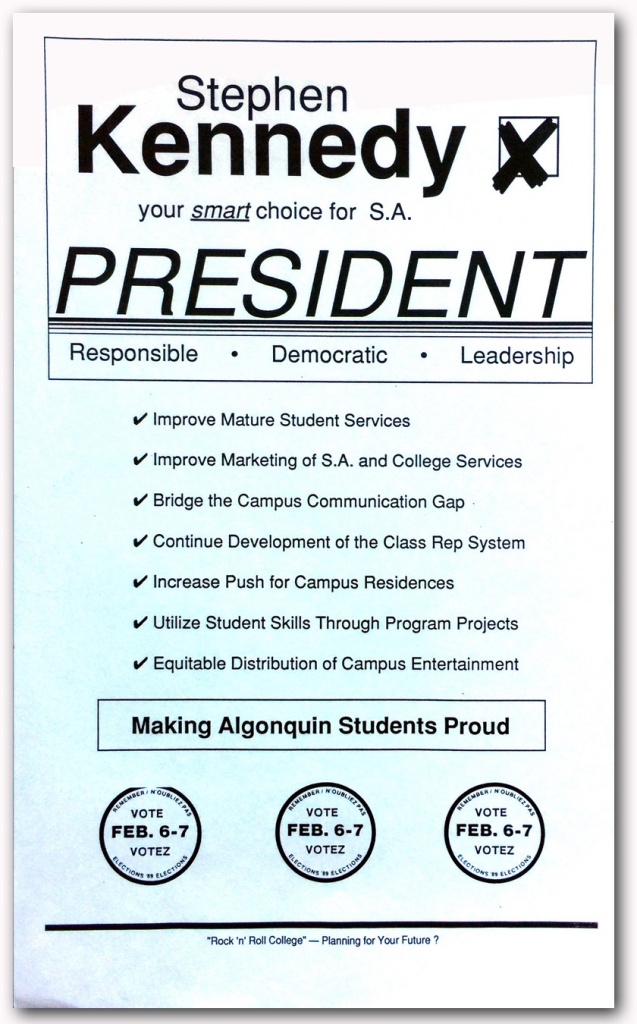 Ronnie and Ollie
Ronnie and Ollie
The blueprint for selecting Class Representatives from each classroom was created by a Brent “Mr. Baccus” Bowes, who was the S.A.’s Director of Social and Cultural affairs when I was hired. With new full-time support for this system, we created the “Constituency Rep” position which was the head class rep for each school operating on each campus (Business, Applied Arts, Technology, Health Sciences). Among other duties, the constituency rep would help coordinate distribution of the new Info-Connection newsletter into every classroom. As class reps were buzzing in and out of the S.A.’s office constantly, I got to know Stephen Kennedy, a stand-out mature student who gladly accepted the Constituency Rep position for the School of Applied Arts at Woodroffe campus.
When the S.A.’s student director elections came around, at the first presidential debate, a loud-mouth shmuck running uncontested for President declared to the masses, “Vote for me for a ROCK’N’ROLL COLLEGE!!” Jacques and I both had heart attacks. The Students’ Association is a serious business with serious responsibilities and consequences. A kid like this at the helm of the very powerful Board of Directors would be an absolute disaster so Jacques and I launched a covert operation to get our own hand-picked candidate elected. With the Iran Contra Affair still fresh, Jacques started calling me “Ollie” and I called him “Ronnie” whenever we discussed details of the operation.
With CIA-like execution, we recruited Stephen Kennedy to run for president. We then prepared his platform and speaking notes; designed, printed and posted his campaign poster EVERYWHERE (separate English and French versions of course); made strategic introductions; and ran strategic interference on G-Force production of Mr. Rock'n'Roll's promotional banners along with our 'complimentary' election poster photocopying service. President Kennedy won by a landslide and was a fabulous president—absolutely the right man for this very important job.
Paper and Toner
Algonquin always featured a rich cast of characters, one being Mike Dash, manager of cafeteria/food operations who dropped by the S.A. from time to time to chat with his buddy Wally Brennan. Impressed with our new high-tech desktop publishing system, I was immediately receptive to Mike's $60 cash under-the-table offer to make him a 8.5" x 11" poster for a St. Patrick's day staff lunch special.
Always on the run, with less than one hour to deadline, I plunked myself down in front of my Mac to crank out the job. With a little clip art and some quick massaging of details, the job hit the printer just as reception announced his arrival. Approaching me with cash in hand in plain sight of everyone, terrified of being busted freelancing using company property on company time, as I handed him the poster I grabbed the cash to try and get it out of sight. Something then happened which would change everything forever.
He didn't let go of the cash—so I didn't let go of the poster. Time stood still in this little tug of war while he examined the job and I scanned around for potential witnesses. Then—just as he released the cash—I released the poster and realized it was only PAPER AND TONER. Sixty dollars in under an hour for paper, toner, and a little smarts. Right there I knew that owning my own DTP system was my key to making a ton of cash.
So, after two years and 3 months laying the greatest patch of innovation in the recent history of the college, I left that incredible but low paying job at the Students' Association to go find that money I would need to start Matt-A-Graphics.
Innovation Highlights
- Development of all tools and service promotion channels for the S.A.'s Programming, Revenue Operations and Athletics divisions
- Assembly of first departmental budget
- Conception, writing and production supervision of Algonquin’s first student information-daytimer, “Insta-Guide” (editions 1, 2 and 3).
- Conception, writing, design and distribution of a new bi-weekly college newsletter “Info-Connection”
- Creation of “G-Force” in-house graphic banner service
- Implementation of a Algonquin’s first college-wide billboard regulation system.
- Setup of in-house desktop publishing (Apple SE30 and Lazer Writer IINT)
- Redesign and co-management of a 300 student information dissemination system
- Orientation lectures and service on a variety of college committees.
- Development of all written policies, procedures and job descriptions for 5 support personnel.




